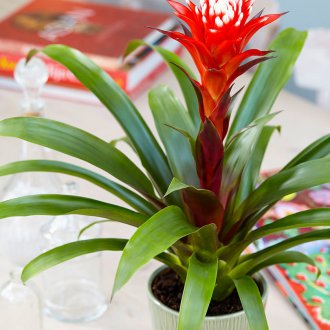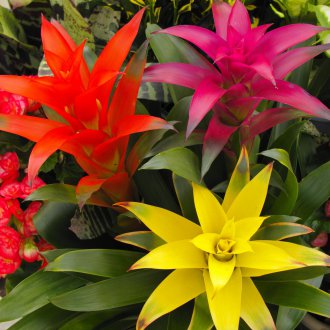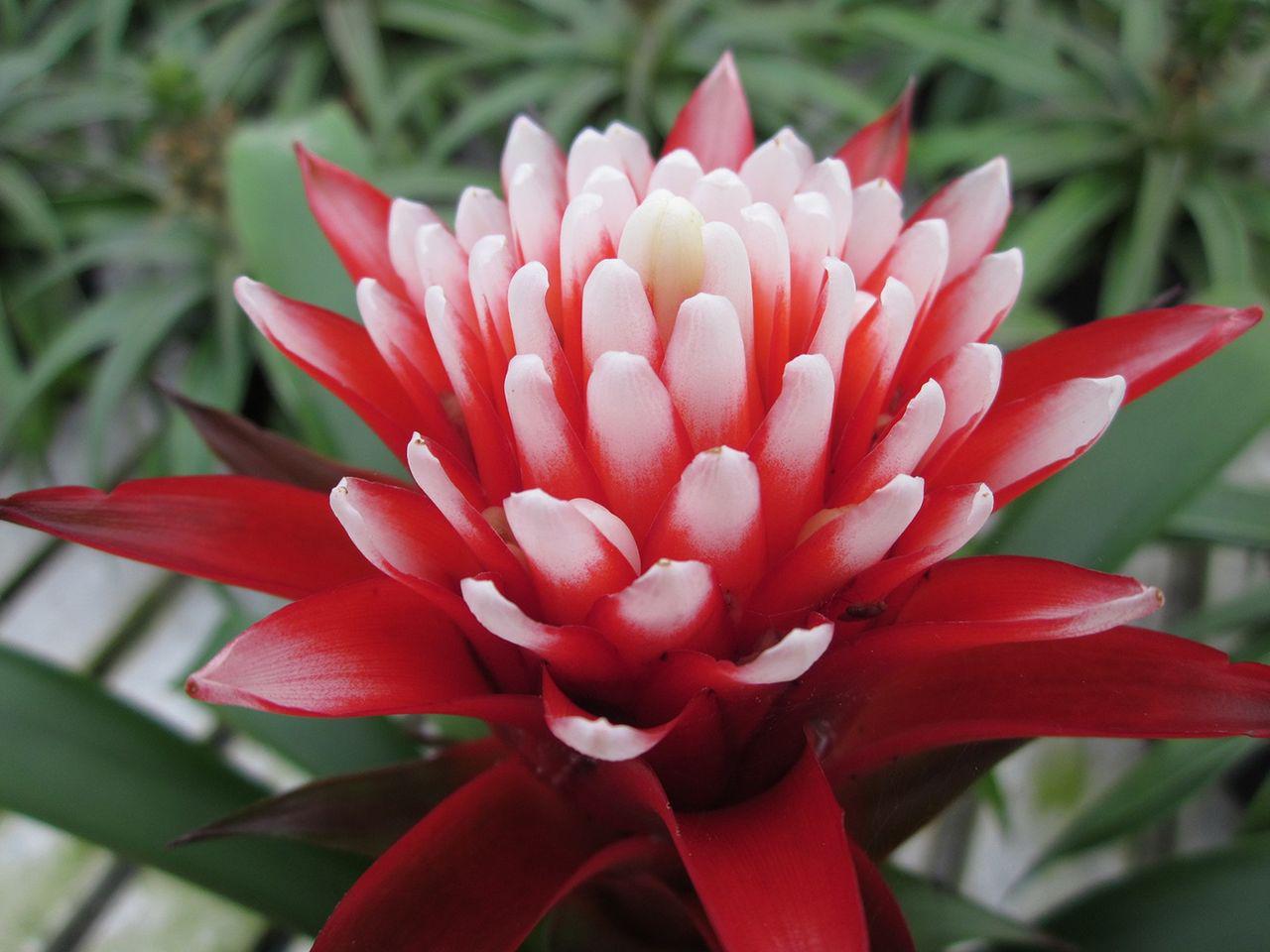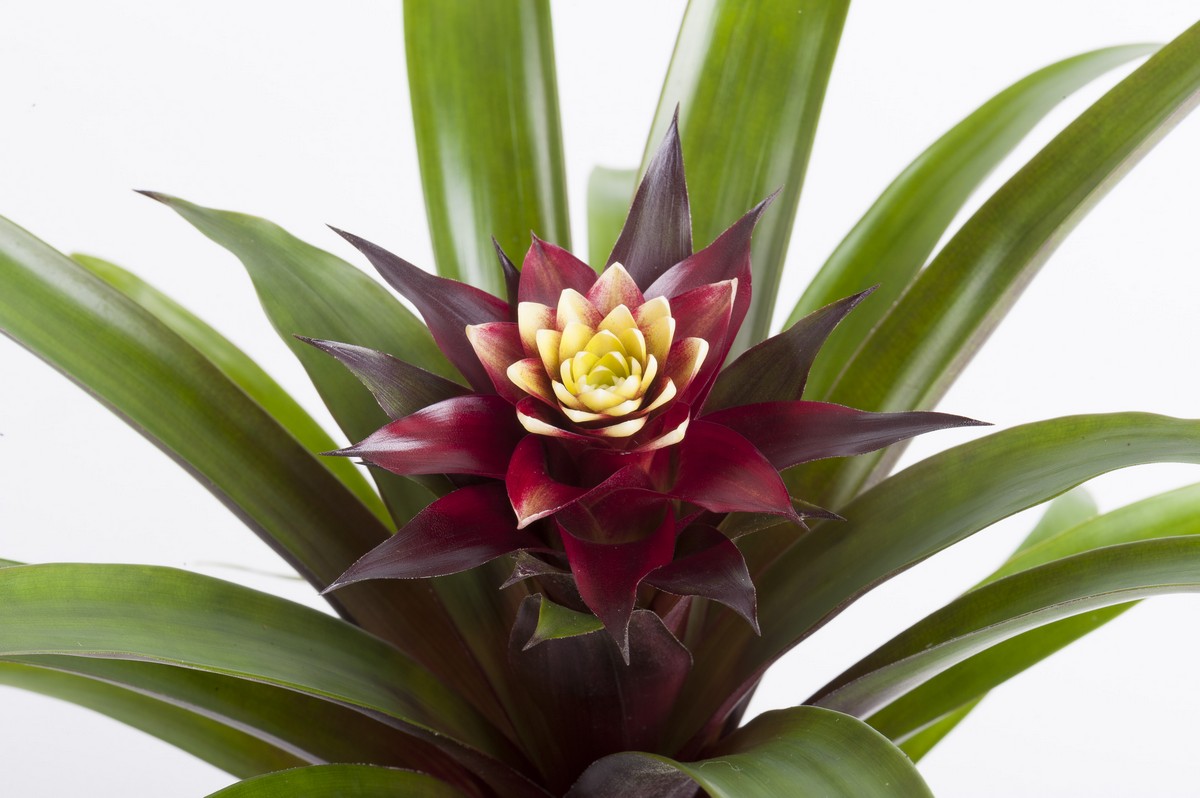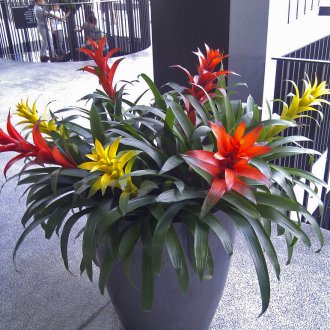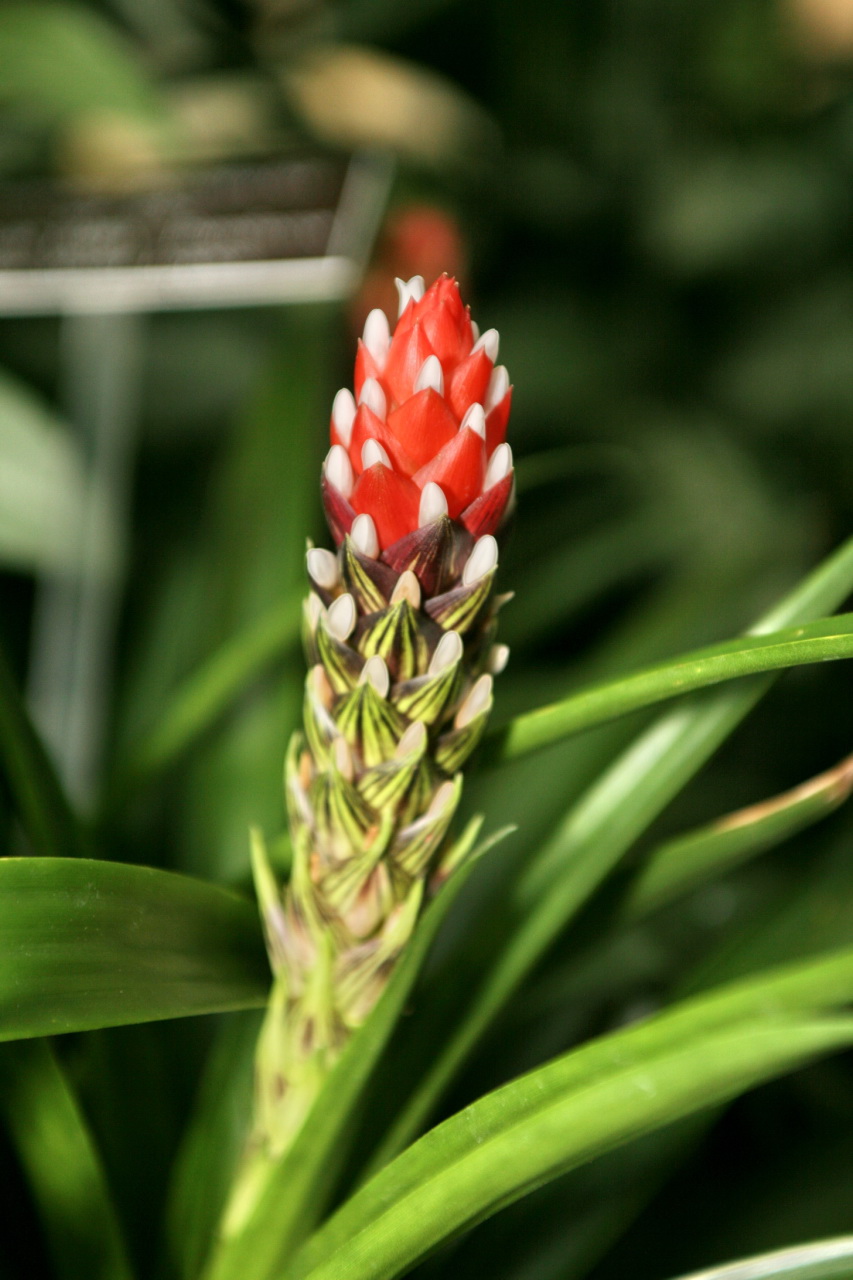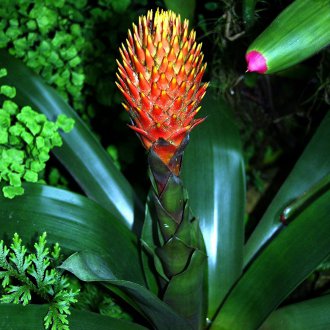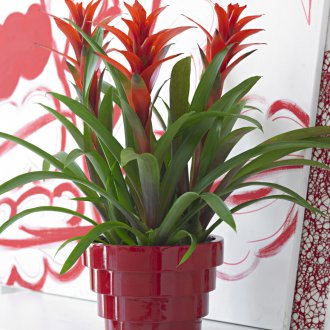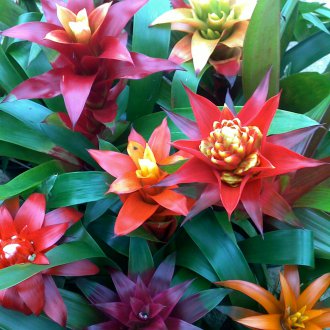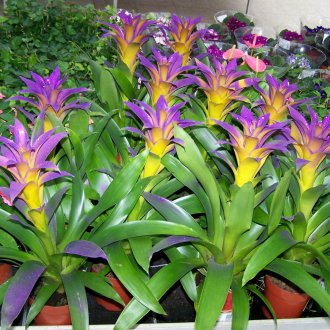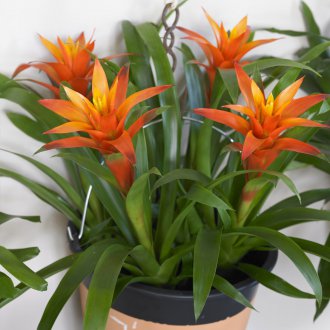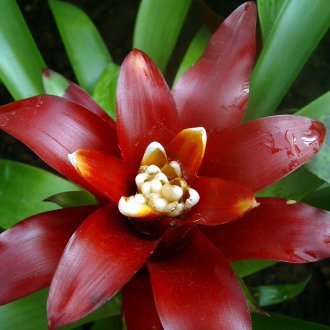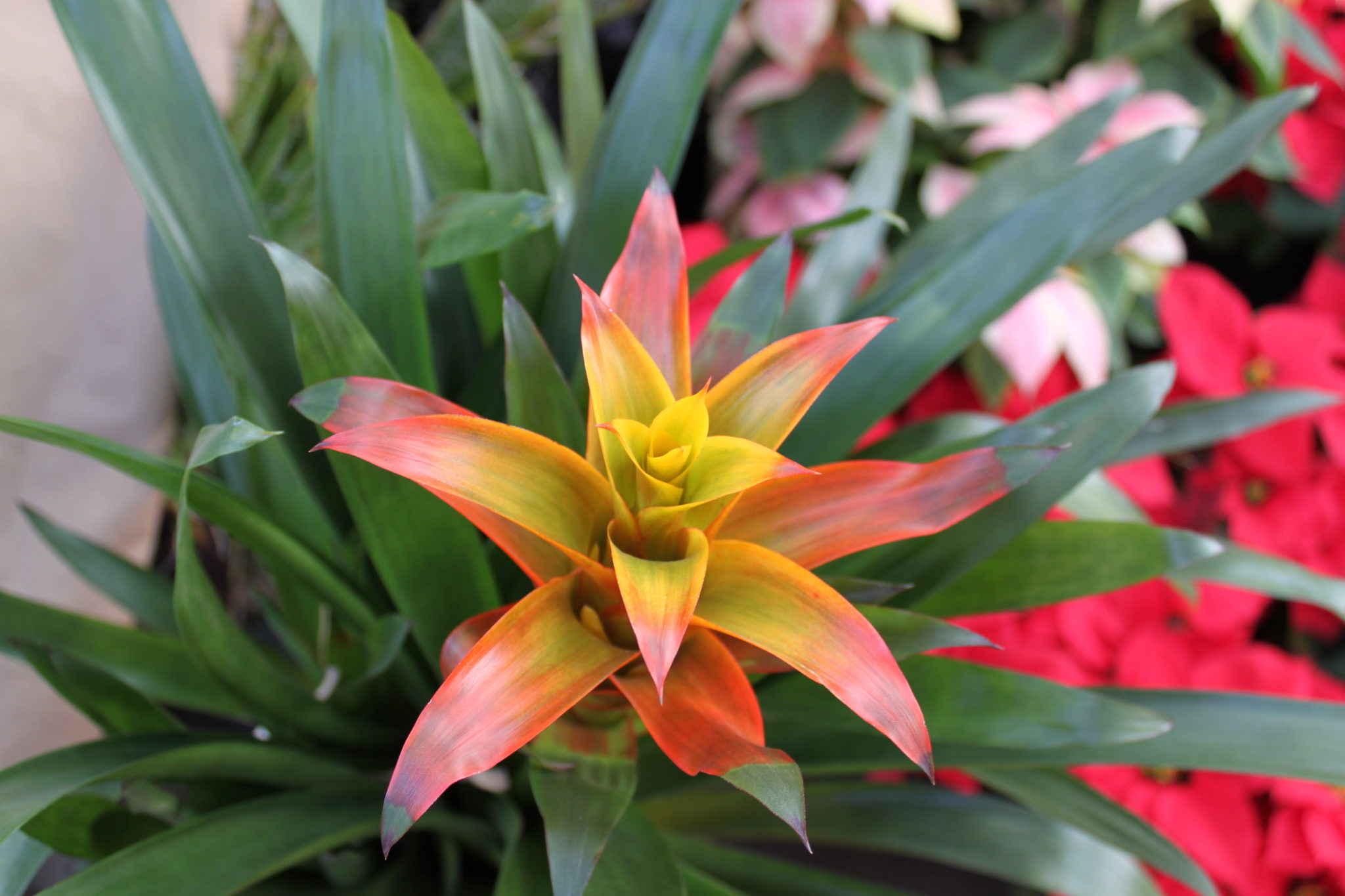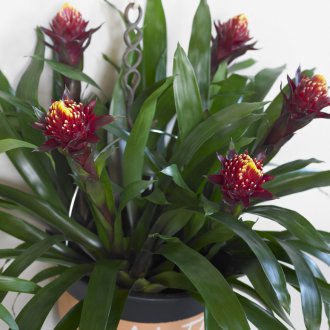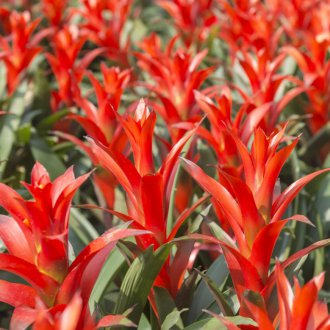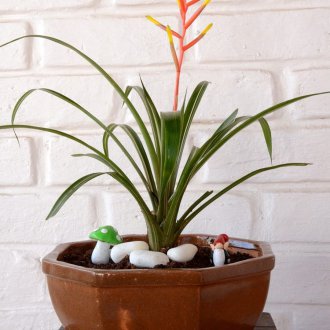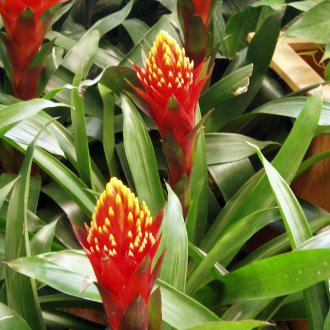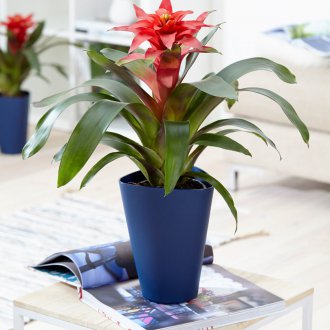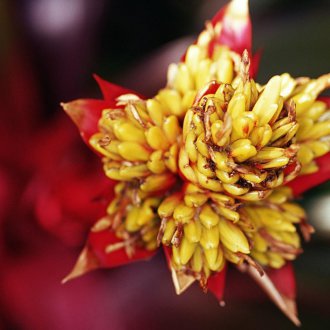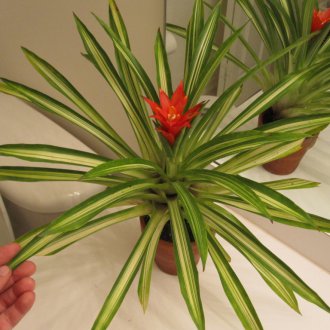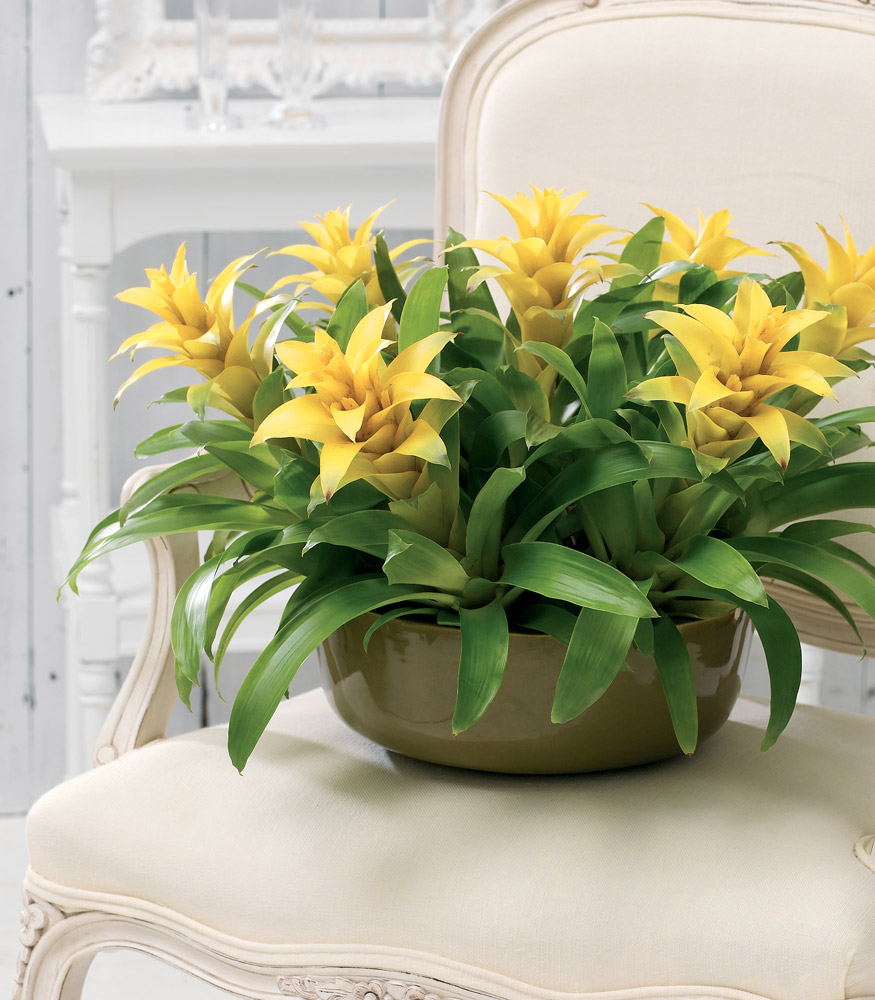Guzmania flower - the beauty of the rainforests in your home (24 photos)
Content
Guzmania or gusmania is an evergreen plant that lives in the wild in a wooded area or on the mountain slopes of Central and South America, as well as in some areas of India, Brazil and Venezuela.
In wild conditions, the flower reaches a height of 70 cm, cultivated indoor species do not exceed 40 cm in length. Guzmania attracts attention due to its unusual appearance: long leaves at the base overlap each other, forming an unusual inflorescence. The main advantage is a long flowering period (about 15-17 weeks).
Guzmania care
Looking after guzmania at home is quite simple. Although this plant is of tropical origin, no special knowledge is required to care for it.
Required temperature
Ensuring the right temperature is one of the most important tasks. Houseplant guzmania loves warmth. If it is preparing for flowering, the room temperature should be at least 25ºC. Already blooming guzmania will feel comfortable at 20ºC. An insignificant period of time this domestic flower can last in a cool room (lower threshold 13ºC).
Hypothermia can cause illness, and in the worst case, the death of the plant. Guzmania can die not only from the cold, but also from the heat, so make sure that the air temperature does not exceed 28ºC.
Light level
Indoor flower guzmania prefers the absence of direct sunlight. An ideal place for keeping is a slightly darkened place in the room, whose windows face west or east. In cold winters or rainy autumn, the plant can be moved to the south side, so you compensate for the lack of light.
Do not place the flower pot directly on the windowsill. The direct rays of the sun cause burns, due to which the leaves partially dry out (their tips curl and crumble), and unattractive brown spots may appear on them. In winter, due to the heat from the heating system, guzmania will suffer from drying out.
Air humidity
Guzmania cultivation must be carried out in rooms with high humidity: the optimum level is 60–85%, so the plant will feel great on the balcony in the summer. An acceptable room for the hot season is considered a kitchen. In winter, a flower pot can be kept in the bathroom if there is a window opening. The humidifier can easily solve the problem of dry air.
Do not forget that daily you need to spray the leaves of the spray bottle with warm filtered or distilled water. During this process, you should be careful that the liquid does not get on the bracts. Otherwise, you will significantly reduce the flowering time. Especially the plant needs moisture during the period of active growth (spring and summer). At this time, spray the leaves a couple of times a day: morning and evening. Please note that in the fall and winter only morning spraying is enough.
Proper watering of the plant
Guzmania at home will not survive if it is watered incorrectly. Let's talk about how to do this:
- In summer, you need to water the flower every other day. In winter, it will be enough and 1-2 times a week.
- Guzmania is a bromeliad plant. Hence, its roots are very sensitive to chlorine and lime. You can water the flower only with settled, filtered or distilled water at room temperature.
- A moderate amount of water is poured into a leaf outlet. After a couple of minutes, it is necessary to drain the residues that are not absorbed.
- Directly soil is allowed to be watered only in very hot and arid weather. An alternative is water in the pan. It is important not to overdo it so that the root system does not begin to rot.
- Please note that guzmania will not tolerate too much watering. So do not overdo it if you do not want to damage the plant. It is better if the soil is slightly dry than flooded with water.
- If dust accumulates on leaves of a plant, do not be afraid to remove it using a damp sponge.
If the temperature, lighting and humidity of the room are selected below recommended, then the plant should be watered less often by about half.
Feeding Guzmania
Fertilizing this tropical beauty is necessary in the spring and summer. It was at this time that guzmania blooms and needs mineral and organic substances. You can buy the necessary fertilizer in specialized stores. Choose special formulations for bromeliad plants that should not contain boron or copper. Concentrate for feeding do 2 times less than indicated on the package.
Dilute the fertilizer in water and pour the resulting composition into the plant's outlet, remove the excess with a sponge. You can also spray the mixture onto leaves using a spray bottle. Guzmania needs to be fertilized about once every 3-4 weeks. Make a certain schedule in advance so as not to oversaturate the flower with minerals. If the plant does not stop blooming for several months and there is no browning on the leaves, then it does not need fertilizing and you can refrain from using fertilizers.
After reading how to care for guzmania, you should make sure that this exotic island does not require much attention. It is enough to choose a comfortable place for the flower and do not forget to water it regularly.
Transplant Rules
After buying this tropical miracle, many have the question: how to transplant guzmania correctly so as not to harm it? This procedure is simple, and you only need to complete it once. Since the root system of the plant develops extremely slowly, the flower lives quietly in one pot for years. The process of transplanting from a transportation pot to a permanent one should begin with the preparation of the soil mixture. You can purchase a special mixture for bromeliads or use soil for ferns or orchids. The substrate should be permeable with acidity in the range of 5.5–7.
Cover the bottom of a small pot (10-12 cm in diameter) with drainage stones. Pour a portion of the substrate into the container and place the plant there together with an earthen lump. Be careful not to damage fragile roots. Add a little more soil on top and compact it slightly. After transplanting, water the soil. It is advisable to place the pot in a decorative pot for greater stability, since a grown plant can fall under the weight of its own weight.
Guzmania breeding
Propagation of this plant mainly occurs by division. During flowering, the mother plant forms a new root system. These lateral shoots at the base are called "babies." Over time, the processes become full bushes. The maternal outlet dies when the plant stops blooming. As soon as the roots of the "children" reach one and a half centimeters in length, they are separated with a sharp knife from the "parent".
Most often, a tropical beauty gives one “baby”, but there are times when she does not die immediately after flowering and continues to give offspring. Since the roots of all processes cannot be formed simultaneously, it is not possible to transplant them at a time.Cut the shoots as needed and place them in temporary pots. To increase the humidity that the growing bushes need, build a plastic cap. When the shoot becomes at least 15 cm high and its rosette is formed, it can be transplanted into a permanent pot.
To propagate this exotic flower, you can use seeds. They are pre-washed in a solution of potassium permanganate, dried well, and then sown on the surface of a special soil for bromeliads.
You do not need to bury the seeds in the ground, since they must germinate in the sunlight, but you need to cover the flowerpot with film or glass. The required room temperature is 22–24ºC. If the seeds begin to dry, they should be sprayed with warm water.
The first shoots appear in 2-3 weeks. Six months later, young plants can be planted in permanent flowerpots. Please note that such guzmania will not bloom soon: at least three years later.
Bloom
Flowering is the culmination process in the life of this plant, which lasts several months (usually from March to September), but flowers appear only when guzmania is comfortable. If it does not bloom, then you make some mistakes when leaving.
Why the long-awaited moment does not come:
- Due to a lack or, conversely, an overabundance of sunlight;
- Due to lack of nutrients;
- Due to excessive air dryness.
Correct these shortcomings, and the plant will delight you with the splendor of its inflorescences. Depending on the variety, they can be saturated red, violet, orange or bright yellow.
Guzmania gives its beauty only once and is considered an annual plant, but more than one year can pass in anticipation of this event. To stimulate this process, some specifically saturate the air with ethylene. This is not difficult to do: just put apple slices on a pallet. Rotting fruit will secrete the right substance. Just make sure that mold does not appear on the surface of the apples: because of it, an exotic bush can get sick.
Guzmania is an evergreen plant that can withstand quite unstable environmental conditions. This makes her a favorite with experienced gardeners and new lovers of indoor flowers. Add the exotic to your home by living vibrant guzmania.
